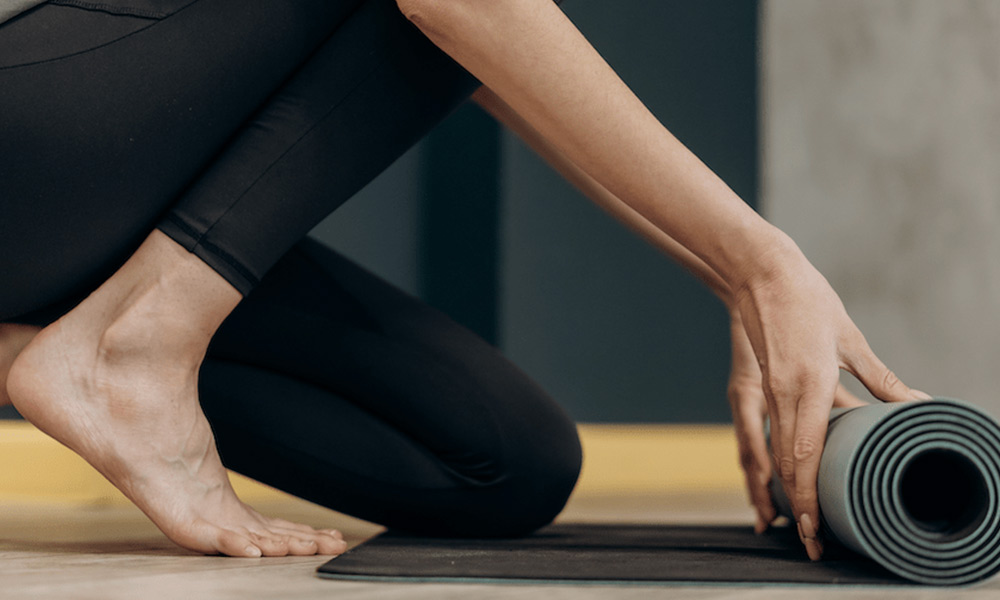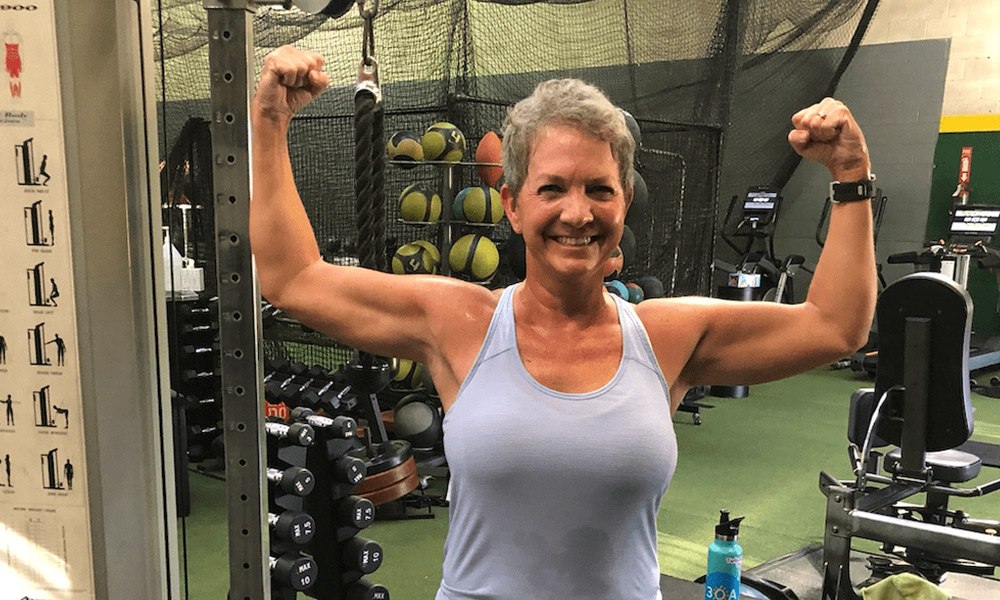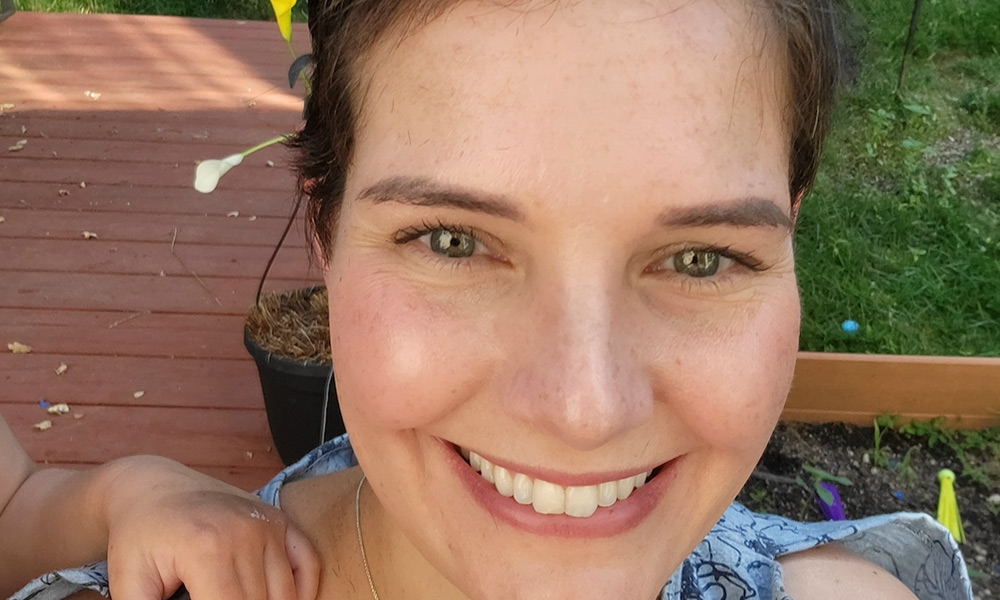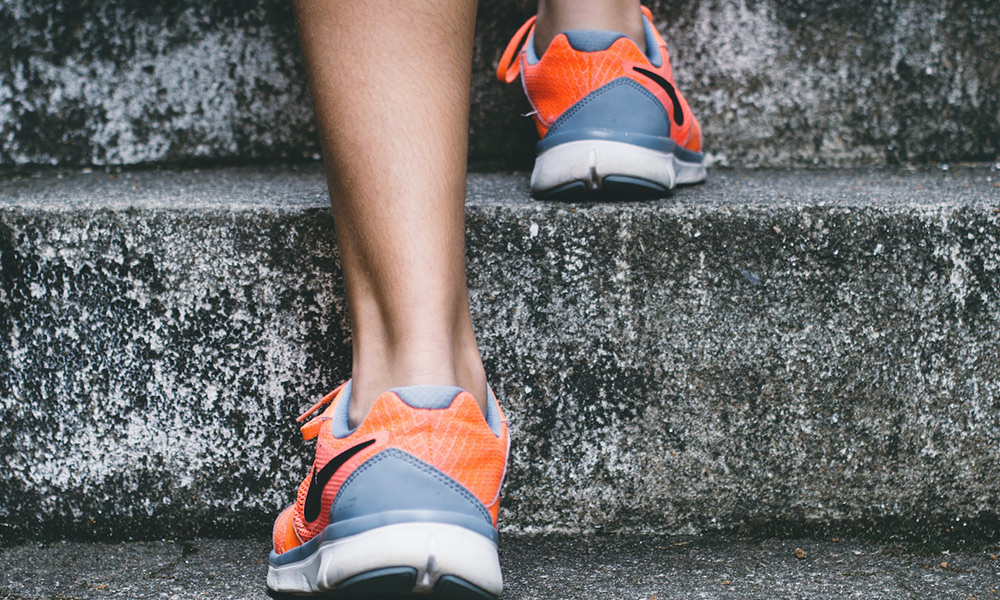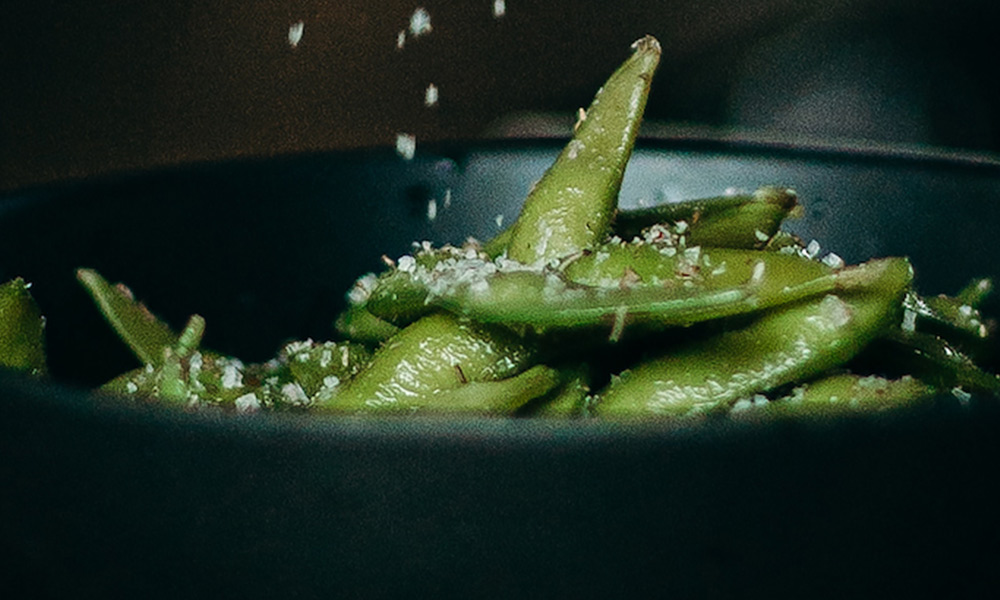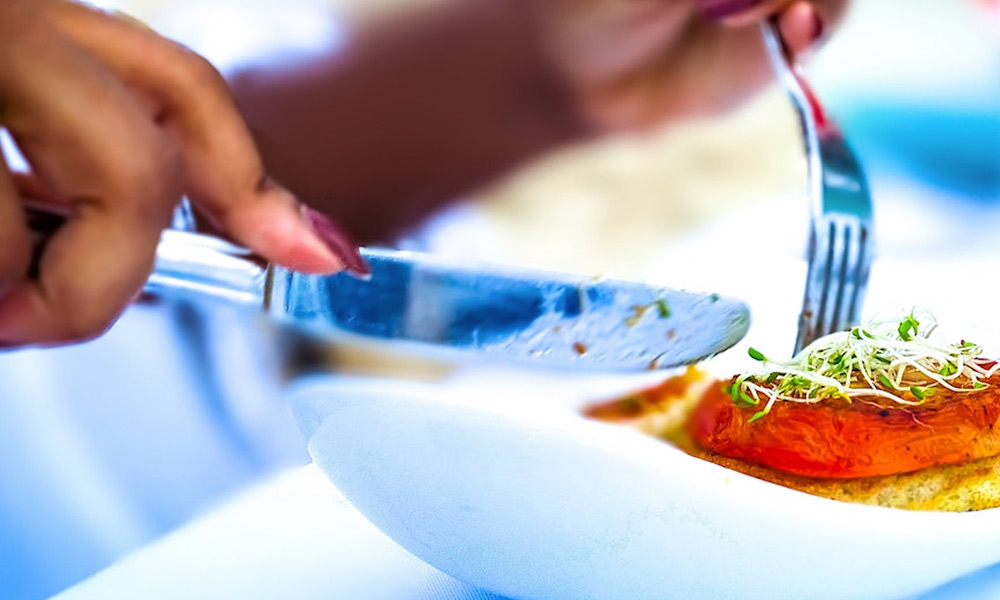Your daily routine can be a stabilizing factor in your life that helps you to stay balanced and healthy. Every day, your actions affect your body and mind exponentially, making it vital that those actions are a positive reflection of the life you want to live. The key to a good routine, though, is to make sure that it reflects your priorities, values, and goals. In this article, we’ll cover how to build an aligned daily routine and why routines are important.
How to Build an Aligned Daily Routine
The beauty of your daily routine is that it’s yours. You can build it however you like, and however you feel your mind and body will benefit the most.
So, to begin building a daily routine, ask yourself the following questions:
- What do I value most about my life?
- In what ways would I like to improve?
- Are there areas of my life that I tend to neglect?
- Is there something that I would like to add to or remove from my day?
- What are my short and long-term goals?
- What would I like to make a higher priority?
Use your answers to these questions to build out a routine that resonates with you. A great exercise to use to visualize your ideal schedule is to imagine your “perfect day.” If everything went as planned, what would you do? What time would you wake up? What would your morning look like? Ask yourself questions about your ideal day to build a routine that you’re excited to follow. Now, why is all of this important?
Why Daily Routines are Important
1. It Creates Healthy Habits
Your daily schedule can be used to create healthy habits. Take your morning routine, for example. You may already brush your teeth and wash your face. But maybe after you think about it, you’d like to add a short yoga session. By adding this into your routine, you’ll create a habit, and your body will naturally begin to crave this part of your day.
2. It Helps You Set and Achieve Goals
You can use your daily routine as a tool to set and achieve your goals. Maybe these goals surround exercise, nutrition, or mental health. Whatever you’re focused on at the moment, try adding an element to your daily routine that will push you closer to making that goal a reality.
3. It Keeps You Balanced
At the end of the day, routines are all about balance. Humans thrive on our routines because it helps to align our bodies and minds. You can use your morning routine to start your day on the right foot. Or maybe your afternoon routine helps you to wind down and relax. The schedule you create for yourself contributes significantly to your overall well-being. Be mindful of that as you build one that works best for you!
Are You a Cancer Survivor Looking for Wellness Support?
Survivor Fitness works with cancer survivors to help them regain their health and wellness through one-on-one personal training and nutritional support. We walk alongside you to progress your post-treatment recovery, empowering you to take control of your healing journey. Connect with us today to learn more!
